#nativeplant
Text

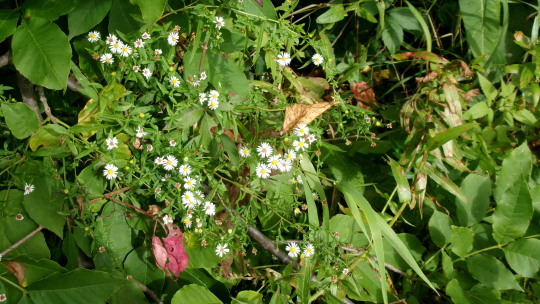





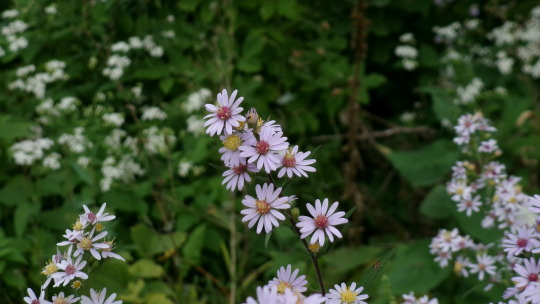

here's some pictures of flowers and other floral plants to put on here to start up this place as I try to figure out tumblr lol (can you do emoticons or emojis on here i would like to know desperately because this is very boring :])
please do not steal my photos, if it becomes a problem i'll have to watermark it and i don't wanna do that bc i don't want to ruin the images :(
#plant#plants#flower#flowers#floral#floras#plantas#nativeplants#nativeplant#nativeflower#nativeflowers#nature
0 notes
Link
#bees#butterflies#californianativeplant#chamisa#desertplant#droughttolerantplant#nativeplant#sandiegogarden#yellowflowers#zone9garden
0 notes
Photo
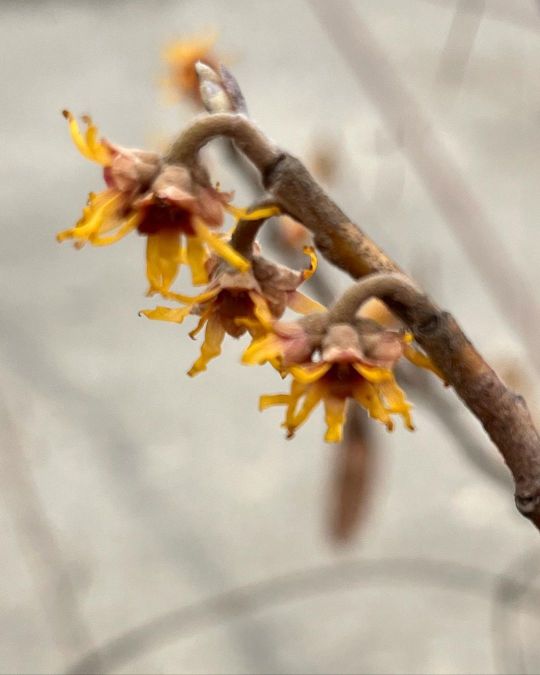
My native witchhazel is blooming - not as showy as sone other cultivars and species - but still a welcome bright spot in the late winter garden. #gardendc #vernalwitchhazel #witchhazel #winterflowers #nativeplant (at Washington D.C.) https://www.instagram.com/p/CpATzzgu9Nh/?igshid=NGJjMDIxMWI=
0 notes
Photo

Our theme this month is all about helping the environment and today is plant a native plant. How cool will it be to go out and plant something and support wildlife in the process. Let's have fun doing this today with someone you enjoy being with and have a wonderful time planting your plant #nativeplants #nativeplant #plantsomething #growsomething #helpingtheenvironment #helptheenvironment #supportingwildlife #supportwildlife #wildlife #planting https://www.instagram.com/p/CoP5UvGMdKz/?igshid=NGJjMDIxMWI=
#nativeplants#nativeplant#plantsomething#growsomething#helpingtheenvironment#helptheenvironment#supportingwildlife#supportwildlife#wildlife#planting
0 notes
Photo

Fairy Wand. Threatened Midwest wild native plant. Walnut ink over acrylic wash with watercolor. . . #threatenedspecies #nativeplant #midwestnativeplants (at Chicago metropolitan area) https://www.instagram.com/p/CmE1YS-uzyy/?igshid=NGJjMDIxMWI=
0 notes
Photo

#afternoonwalk #flowers #rose #nativeplant #powerpoledecorations #myneighbourhood #brisbanesuburbs https://www.instagram.com/p/CgqvKOfvfVt/?igshid=NGJjMDIxMWI=
0 notes
Photo

Scenes From My Walk - Desert Willow (Chilopsis linearis). It is known commonly as desert willow or desert-willow because of its willow-like leaves, but it is not a true willow – being instead a member of the catalpa family. It is a shrub or tree native to the southwestern United States and Mexico. It is commonly seen in washes and along riverbanks… …Chilopsis linearis is cultivated for its large, showy flowers, and tolerance of hot, dry climates. Although the natural growth is a very irregular shape, it can be readily pruned into a conventional tree shape. A number of cultivars have been selected. Some, such as 'Rio Salado', have dark purple or magenta flowers. Chilopsis may survive temperatures as low as 10 degrees F (-12 °C). Chilopsis is closely related to the genus Catalpa and hybrids can be made between the two genera. The nothogeneric hybrid between Chilopsis linearis and Catalpa bignonioides has been named Chitalpa tashkentensis. It originated in a botanic garden at Tashkent in Uzbekistan. Parts of the plant have been used in traditional medicine. It has been used to treat fungal infections such as candidiasis and athlete's foot, as well as wounds and cough. The wood was used to make bows and baskets.” - Wikipedia #ScenesFromMyWalk #DesertWillow #DesertWillowBlossoms #DesertWillowFlowers #NativePlant #ChilopsisLinearis #PinkBlossoms #FloweringShrub #FloweringTree #Naturalist #PhotoByJeriRae (at Santa Fe, New Mexico) https://www.instagram.com/p/Cew8QkQLSYU/?igshid=NGJjMDIxMWI=
#scenesfrommywalk#desertwillow#desertwillowblossoms#desertwillowflowers#nativeplant#chilopsislinearis#pinkblossoms#floweringshrub#floweringtree#naturalist#photobyjerirae
0 notes
Photo


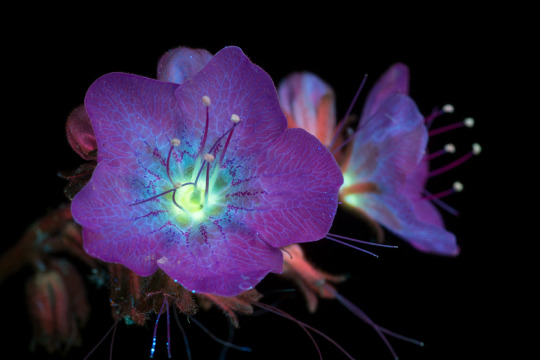
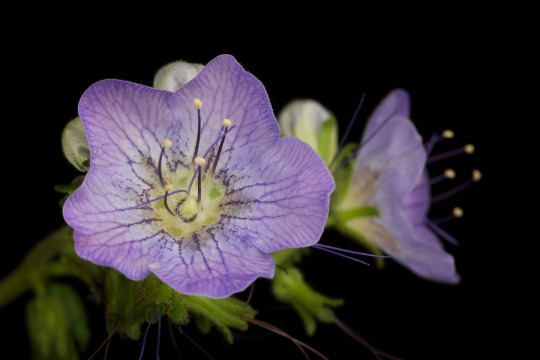

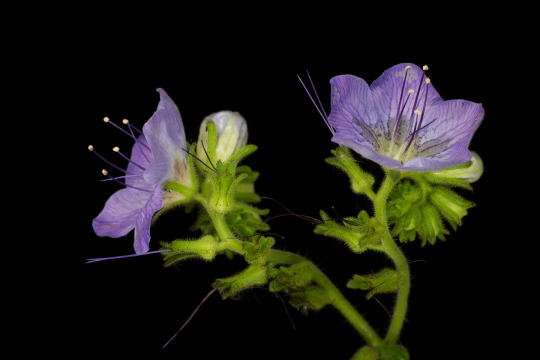
Phacelia grandiflora is from one of my favorite plant genera and is one of my favorites even from this genus. Despite how commonly it occurs through its range, P. grandiflora is limited to near-coastal regions and the south side of the Transverse Ranges through the lower third of California and a touch into Baja California. No two plants produce the same flower patterns – some deeply blue-purple, some pale, some with a dark center and pale tips. Growing up to about three feet tall, they thrive in disturbed areas and can on occasion dominate a space, though they usually coexist with other Phacelias such as P. brachyloba and P. cicutaria. The large flowers have a strange pungent odor (sweet, with a strong bias of burning rubber) and feature a prominent nectar cup. They are a favorite of native bees, particularly larger bumble bees which will make sure to pay thorough visits to each flower. The plants can produce numerous small seeds which will grow the following spring with very little water required to produce prolific and showy blooms.
#phacelia#grandiflora#boraginaceae#calflora#nativeplants#CAnative#pollinatorecology#glowingplants#uvivf#fluorescent#neon
1K notes
·
View notes
Text
Harvesting Amaranth seeds with a plastic bag.
61 notes
·
View notes
Photo
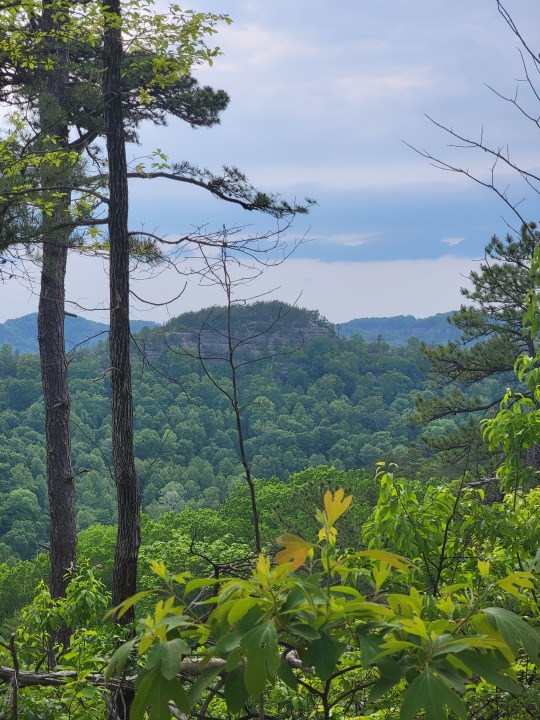
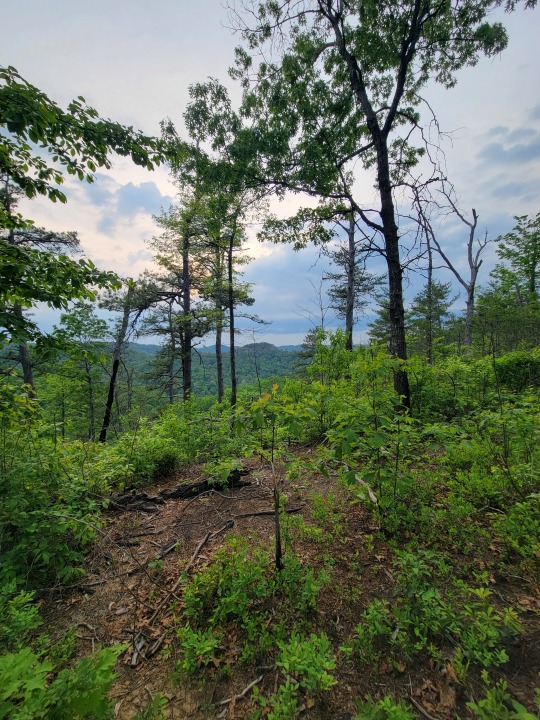


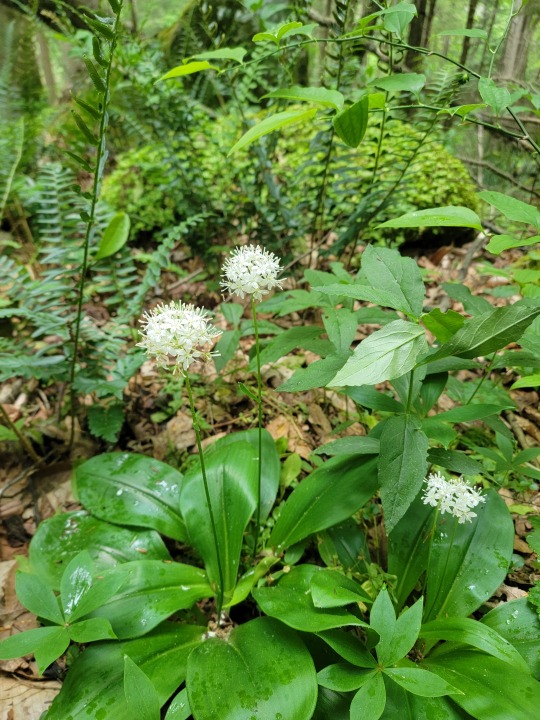

Some Clintonia,
Clintonia umbellulata ,
Species limited to Appalachian mountains and Ilp/allegheny complex
I’ve only seen this species in acidic mesic woodland. I feel like this this species has open forest growth requirements for light as well but i’ve found the species hiding out under ferns many times at Red River Gorge. Auxier ridge has many examples of small clustered populations. These leaves are relatively fleshy and remind me of an intermediate texture between midland shooting star and showy orchis. Some people say that it reminds them of the basil rosette associated with wild columbo.
#kentucky#plants#native plants#nativeplants#plant#ecology#botany#wildflowers#plantblr#ky#clintonia#clintonia umbellulata#forging#forgeing#forge#hike#hiking#nature#natureblog#botany blogs#nature on tumblr#photography#photographers on tumblr#kawaii
96 notes
·
View notes
Text
Cultivating Ecosystem Harmony: The Best Flowers to Plant for Insects and the Environment
Shaina Tranquilino
April 6, 2024

In a world where biodiversity is increasingly threatened, every little action to support our ecosystems counts. One powerful way to make a positive impact is by planting flowers that not only beautify our surroundings but also serve as vital resources for insects and other creatures. As we delve into the realm of gardening, let's explore some of the best flowers to plant to foster a thriving ecosystem.
Understanding the Importance of Planting for Insects
Insects play a crucial role in maintaining ecological balance. They pollinate plants, decompose organic matter, and serve as a vital food source for various animals. However, habitat loss and pesticide use have led to a decline in insect populations worldwide. By choosing the right flowers for our gardens, we can provide essential resources for these beneficial insects, helping to sustain their populations and support overall biodiversity.
Top Flowers for Supporting Insects and the Environment
Lavender: Loved for its fragrant blooms and drought tolerance, lavender is a favourite among gardeners and insects alike. Bees are particularly drawn to its nectar-rich flowers, making it a valuable plant for pollinator gardens. Additionally, its aromatic foliage repels pests like mosquitoes and moths.
Sunflowers: With their towering stems and vibrant blooms, sunflowers are not only a sight to behold but also a magnet for pollinators. Bees, butterflies, and even birds flock to these cheerful flowers to collect nectar and seeds. Opt for native varieties to provide the most benefit to local wildlife.
Wild Bergamot (Bee Balm): As the name suggests, bee balm is a bee favourite, attracting a variety of pollinators with its colourful blooms. This native perennial not only adds beauty to the garden but also provides a valuable food source for bees and butterflies throughout the summer months.
Goldenrod: Often unfairly blamed for causing allergies (it's actually ragweed that's the culprit), goldenrod is a powerhouse of nectar for bees, butterflies, and other pollinators. Its bright yellow flowers light up the late summer and early fall landscape while supporting diverse insect populations.
Echinacea (Coneflowers): Coneflowers, with their distinctive spiky centers and daisy-like petals, are not only visually striking but also highly attractive to bees and butterflies. Their sturdy stems and long-lasting blooms make them a low-maintenance addition to any garden.
Milkweed: No list of insect-friendly flowers would be complete without milkweed. As the sole host plant for monarch butterfly larvae, milkweed is essential for supporting declining monarch populations. Planting milkweed provides a critical habitat for monarchs to lay their eggs and nourishes caterpillars as they undergo metamorphosis.
Yarrow: Yarrow's flat-topped clusters of tiny flowers are a favourite among pollinators, including bees, butterflies, and beneficial wasps. This drought-tolerant perennial is easy to grow and adds a delicate beauty to gardens while supporting local insect populations.
Tips for Creating an Insect-Friendly Garden
Choose Native Plants: Native plants are adapted to the local environment and provide the best resources for native insects. Research native species in your area and incorporate them into your garden.
Plant a Variety of Flowers: Different insects have different preferences, so aim for a diverse selection of flowers that bloom at different times throughout the growing season. This ensures a steady supply of nectar and pollen for pollinators.
Avoid Pesticides: Pesticides can harm beneficial insects along with pests. Instead of relying on chemicals, practice natural pest control methods and encourage a healthy balance of predators and prey in your garden.
Provide Shelter and Water: In addition to flowers, consider including other elements in your garden, such as shrubs, trees, and water features, to provide shelter, nesting sites, and sources of hydration for insects.
By planting flowers that support insects and the environment, we can contribute to the conservation of biodiversity and create havens of beauty and life in our own backyards. Whether you have a sprawling garden or a small balcony, every patch of green can make a difference in nurturing our precious ecosystems. Let's cultivate harmony with nature, one flower at a time.
#EcoFriendlyGardening#BiodiversityConservation#PollinatorGarden#InsectFriendlyFlowers#NativePlanting#GardenForWildlife#SaveTheBees#ButterflyHabitat#SustainableGardening#PlantForThePlanet#WildlifeHabitat#NaturalPestControl#GrowNative#GreenThumb#FlowerPower#GardenForNature#SupportLocalWildlife#HarmonyWithNature#BackyardHabitat#FlowersForInsects#GardeningTips#EcosystemSupport#InsectSanctuary#Flowers#ConservationGardening#BeesLoveFlowers#Flower#Plants#Garden
2 notes
·
View notes
Link
#bees#butterflies#californianativeplant#chamisa#desertplant#droughttolerantplant#nativeplant#sandiegogarden#yellowflowers#zone9garden
0 notes
Photo

A neighbor’s native holly bushes light up the winter landscape. They are deciduous and lose their leaves in the fall to reveal these big bright berries. #gardendc #dmv #ilexverticillata #nativeplant #hollyberry #berrybush #hollyberries #redberries #wintergarden (at Washington D.C.) https://www.instagram.com/p/CnJ__CzuSXU/?igshid=NGJjMDIxMWI=
#gardendc#dmv#ilexverticillata#nativeplant#hollyberry#berrybush#hollyberries#redberries#wintergarden
0 notes
Photo
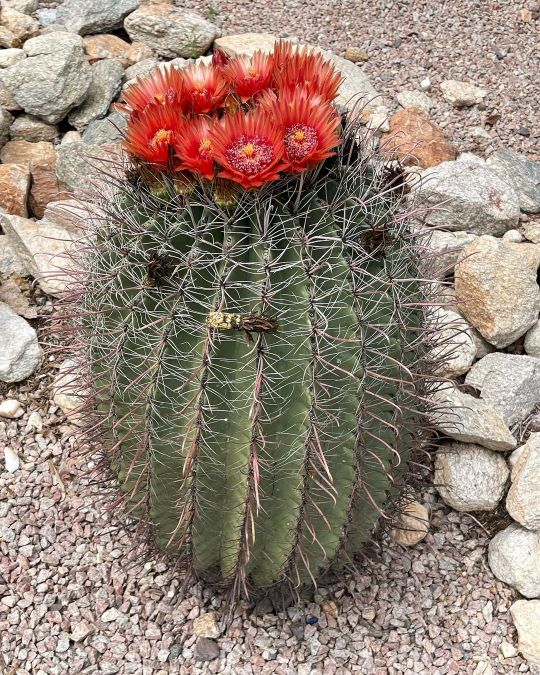
Our native barrel cactus are in full bloom 🌺 #desertlife #bloomingcactus #nativeplants #tucsonarizona #cactuslover #naturesbeauty (at Catalina Foothills, Arizona) https://www.instagram.com/p/ChhxaT1rVSdXR6hyEEpL81RqZ1lcvH6zheOoo00/?igshid=NGJjMDIxMWI=
27 notes
·
View notes
Photo
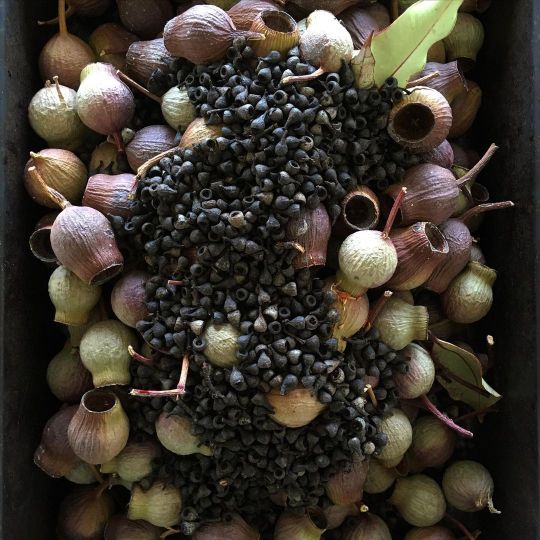
Learning to discriminate less in regards to where plants come from. I often get called a plant racist. Indigenous, native, local, exotic—these terms complicate nature. There’s beauty and aesthetic purpose in most plants, even if their wild ancestors came from 3 or 3,000km away. 🌳 West Australian Red Flowering Gum - Corymbia ficifolia. 🌳 Mountain Ash - Eucalyptus Regnans. 🌳 🌳 🌳 #seeds #nativeplants #indigenousplants #exotic #local #eucalyptus #eucalyptusregnans #corymbiaficifolia (at Cape Schanck) https://www.instagram.com/p/Cj8-eqTBzu0/?igshid=NGJjMDIxMWI=
7 notes
·
View notes
Photo

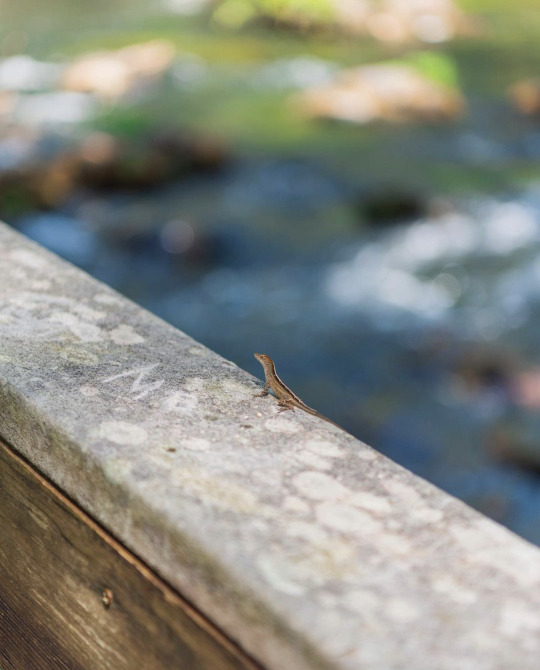
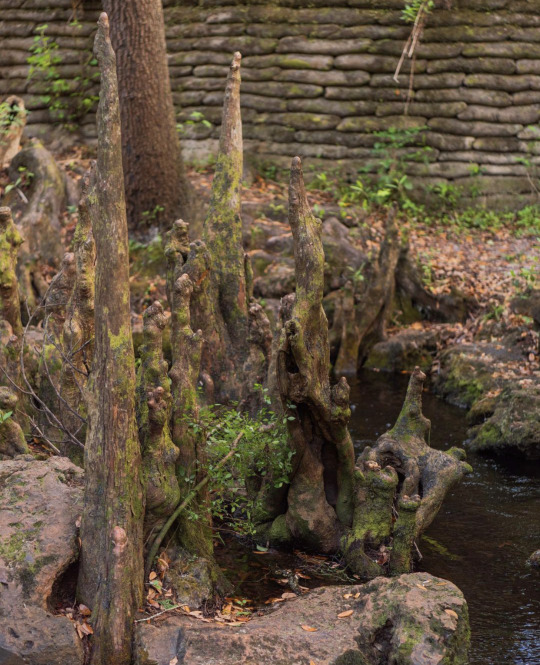

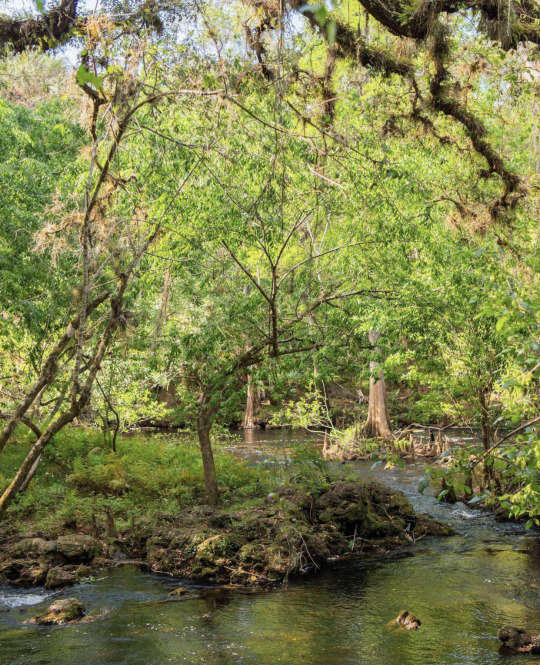


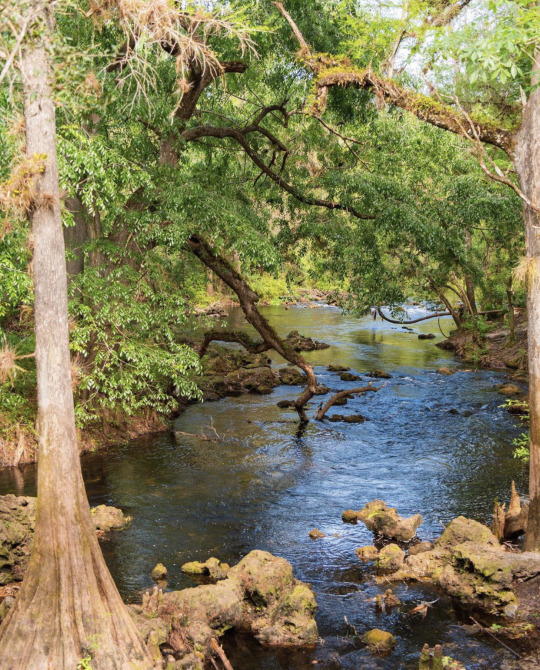
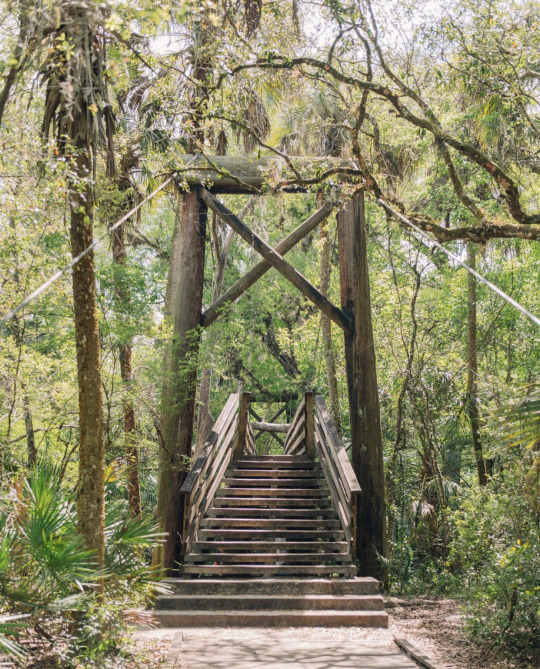
“Come, we will rest on this old mossy bridge / You see the glimmer of stream beneath” 〰️Samuel Taylor Coleridge 🌿 🏞 🦎 #explorida #roamflorida #florida #flstofmind #floridaliving #florida_greatshots #fun_in_florida #LoveFL #nature #naturelovers #getoutdoorsfl #bridge #nativeplants #moss #unlocktampabay #FLstateparks #hillsborough #hillsboroughriver #river #myhillsborough #hillsboroughriverstatepark #thonotasassa #tampa @fl.stateparks @visitflorida @visittampabay @hillsboroughfl @timberlinetampa (at Hillsborough River State Park) https://www.instagram.com/p/CgCZDbHOakt/?igshid=NGJjMDIxMWI=
#explorida#roamflorida#florida#flstofmind#floridaliving#florida_greatshots#fun_in_florida#lovefl#nature#naturelovers#getoutdoorsfl#bridge#nativeplants#moss#unlocktampabay#flstateparks#hillsborough#hillsboroughriver#river#myhillsborough#hillsboroughriverstatepark#thonotasassa#tampa
9 notes
·
View notes